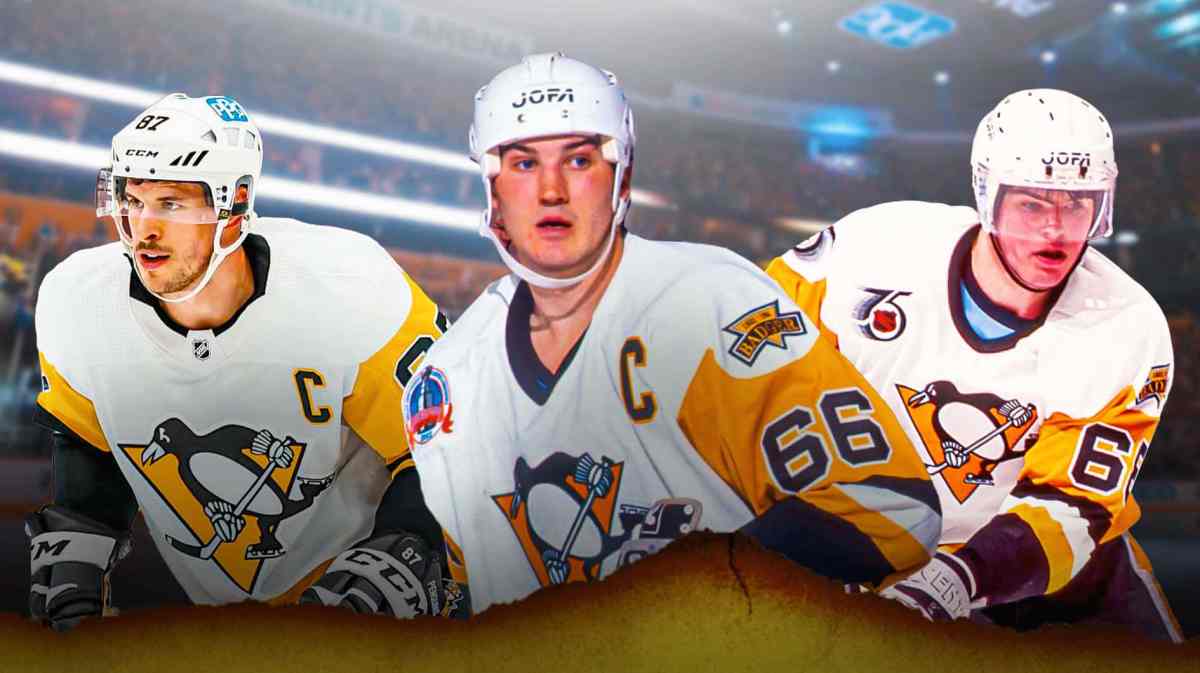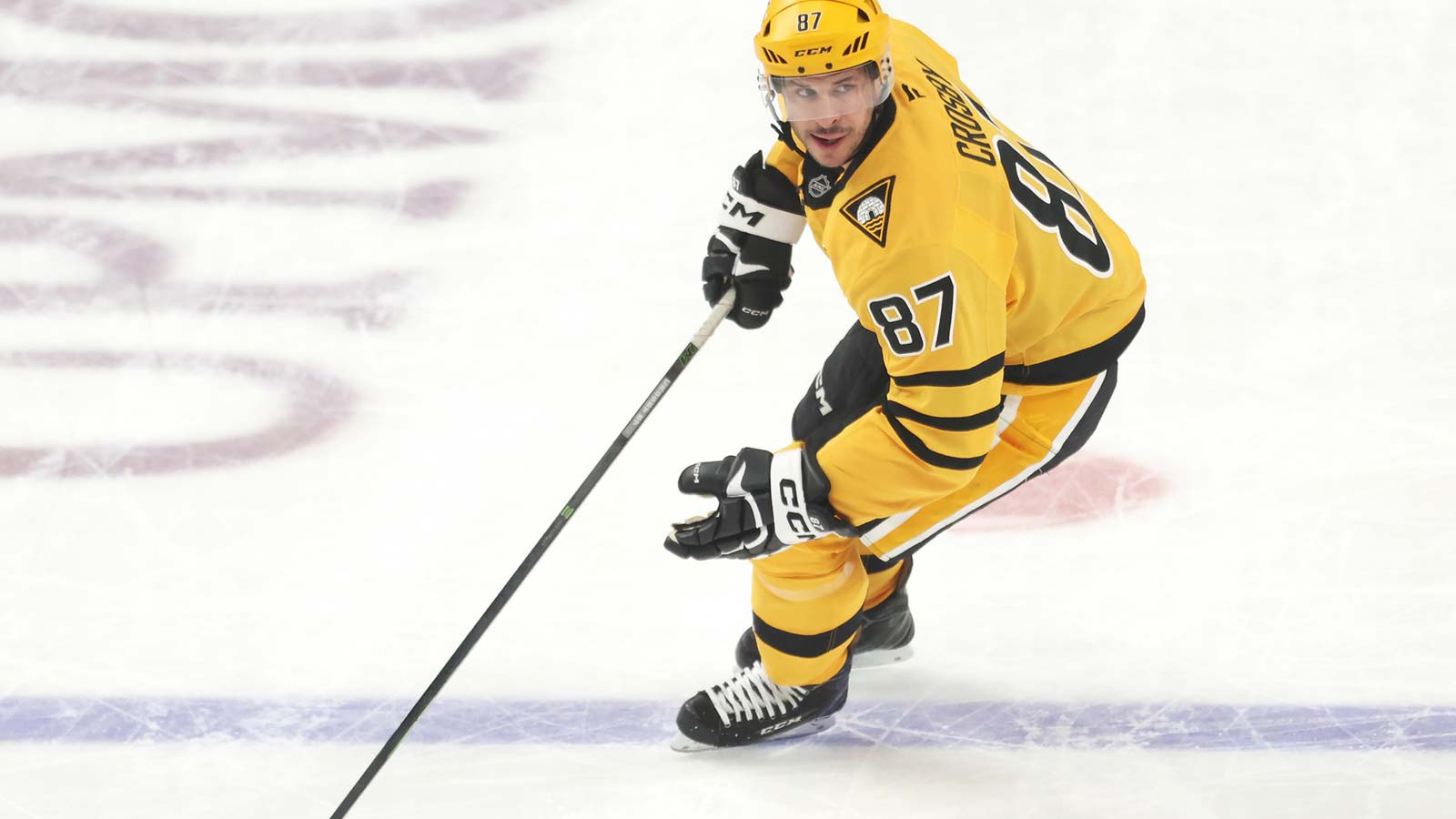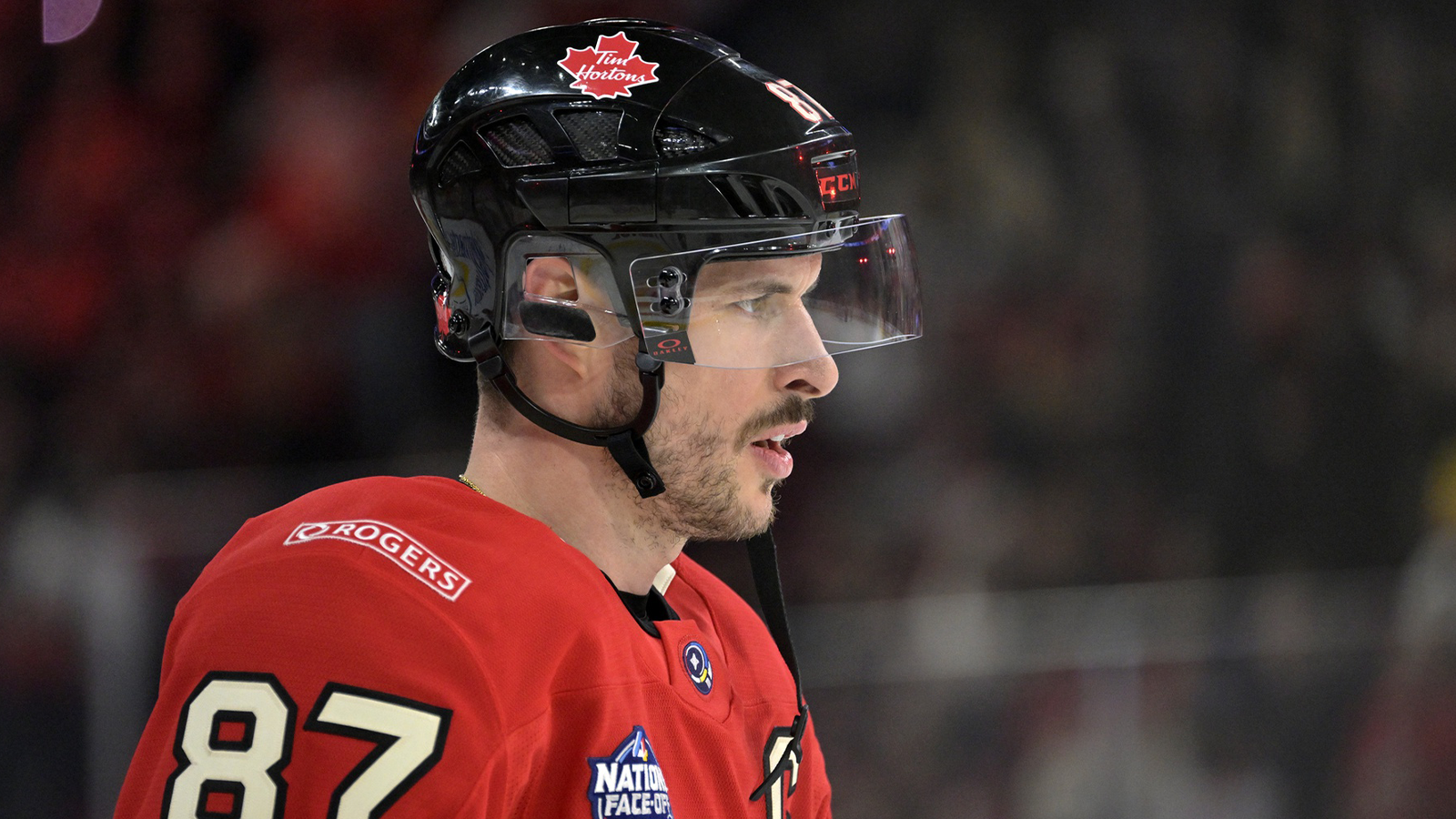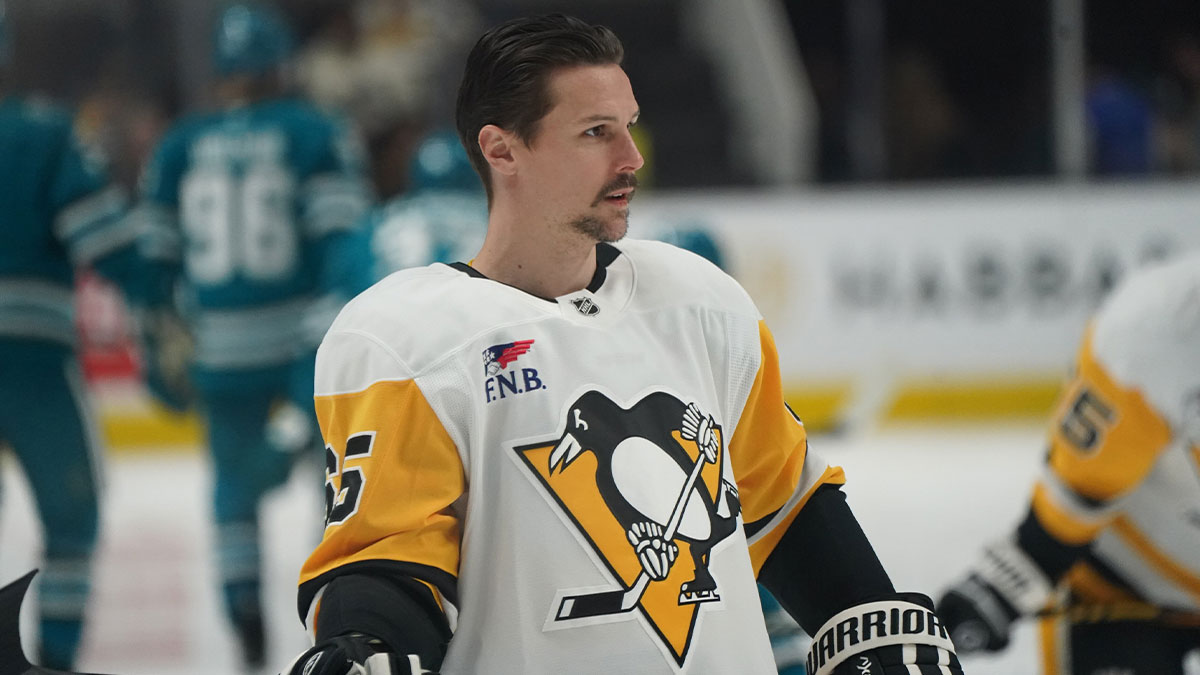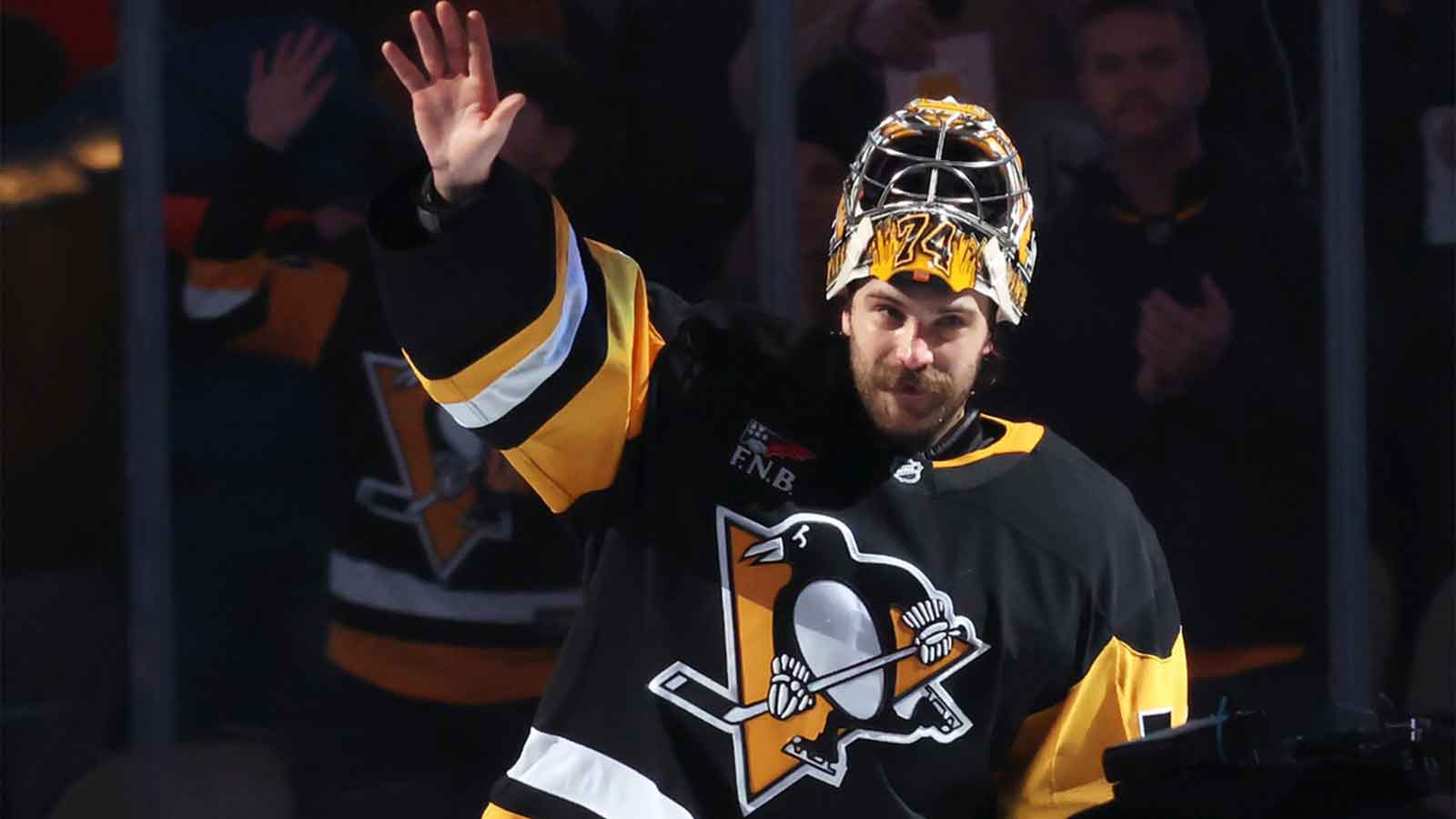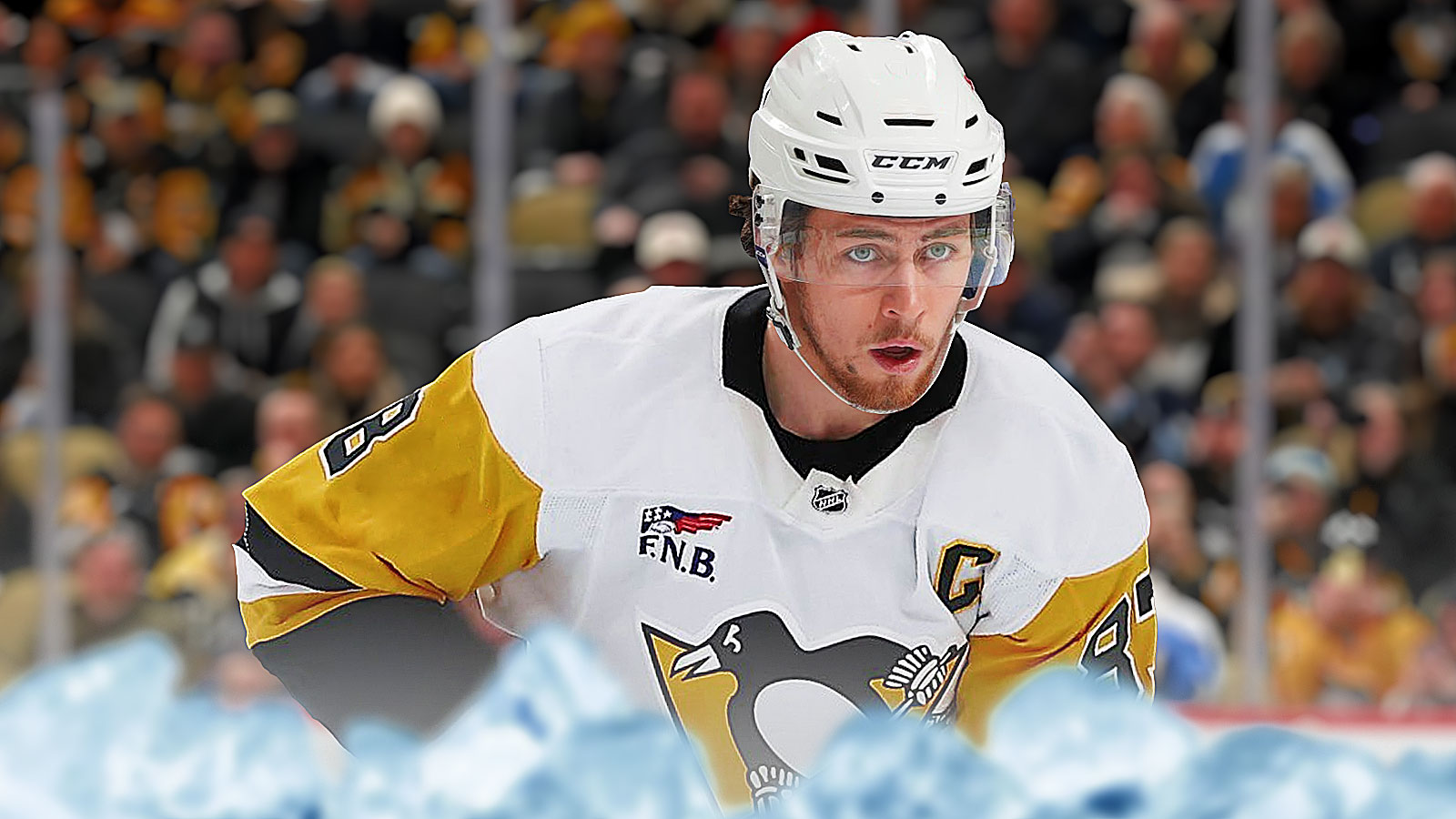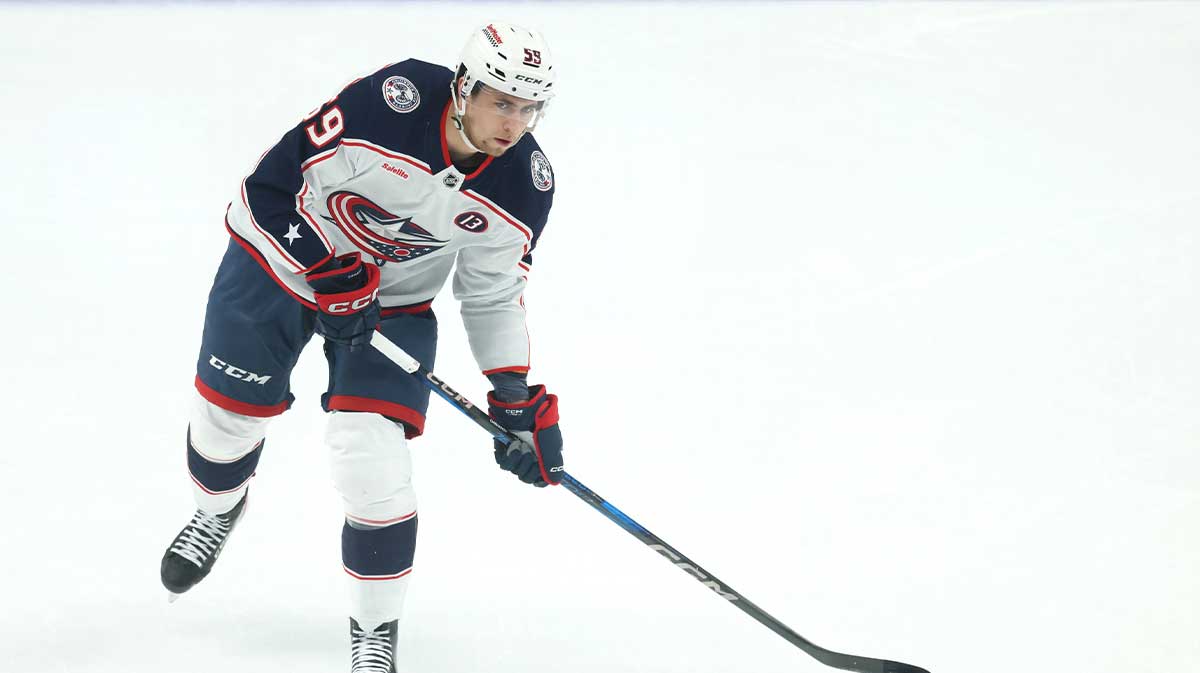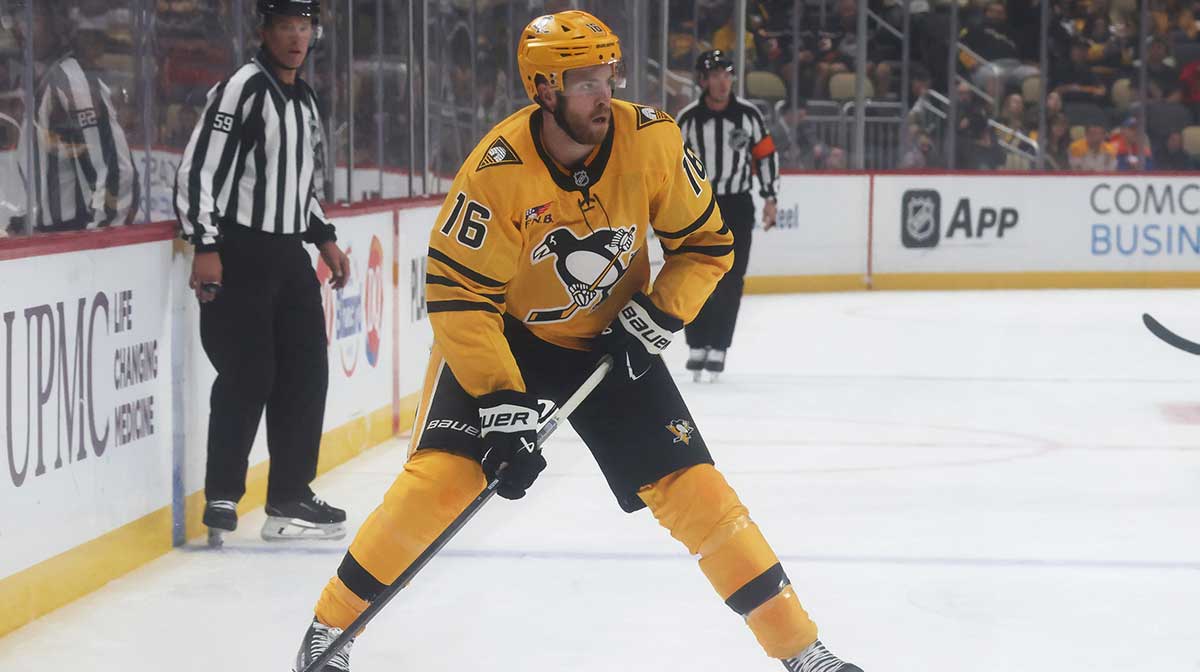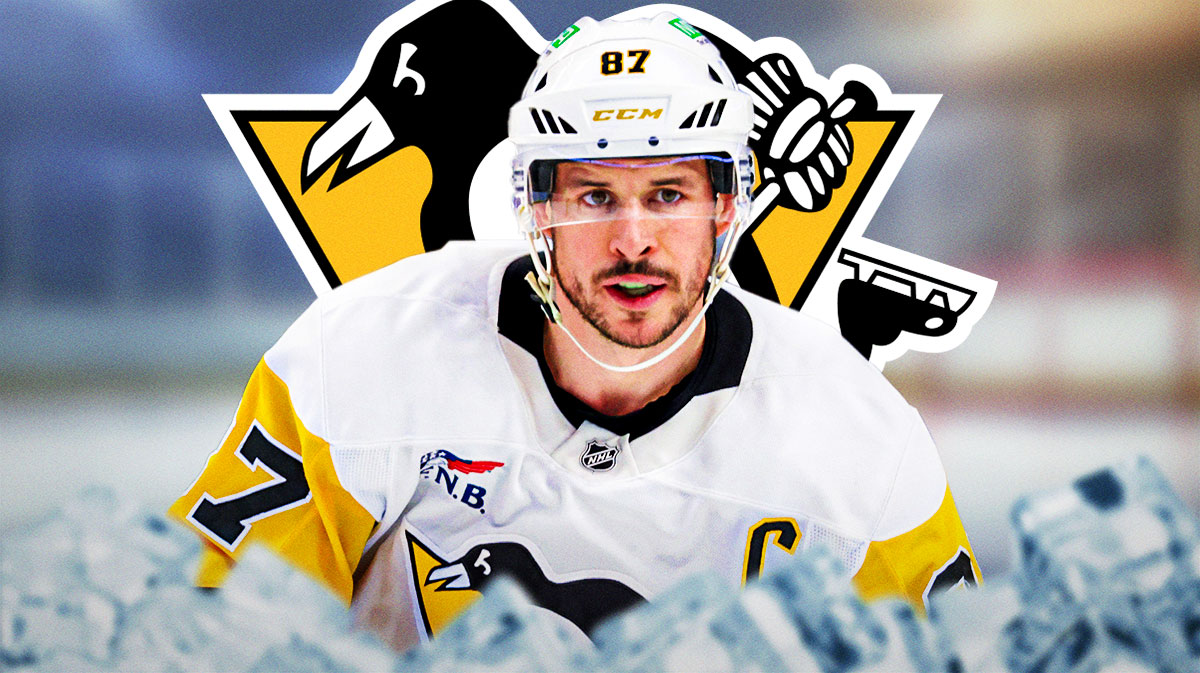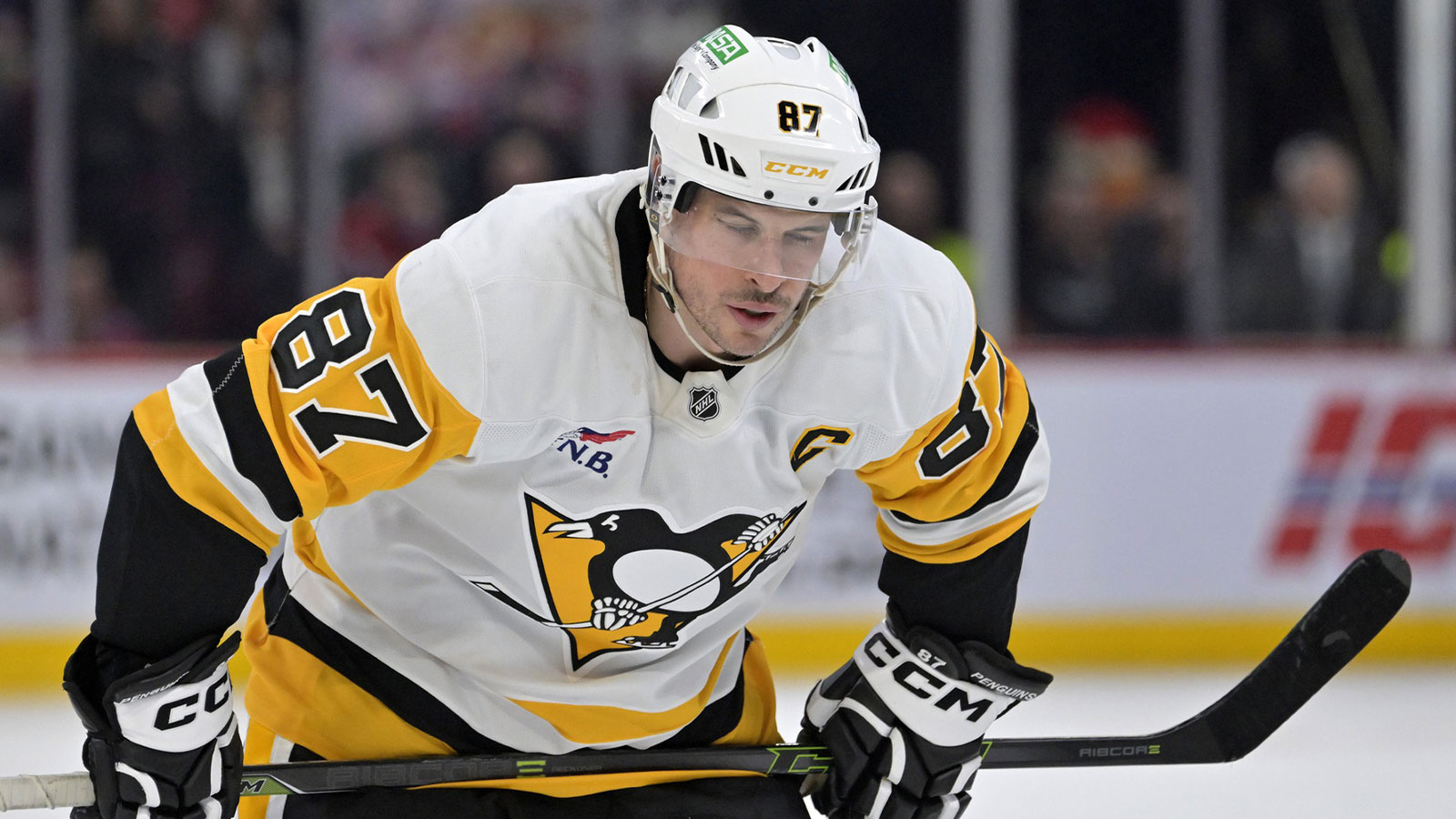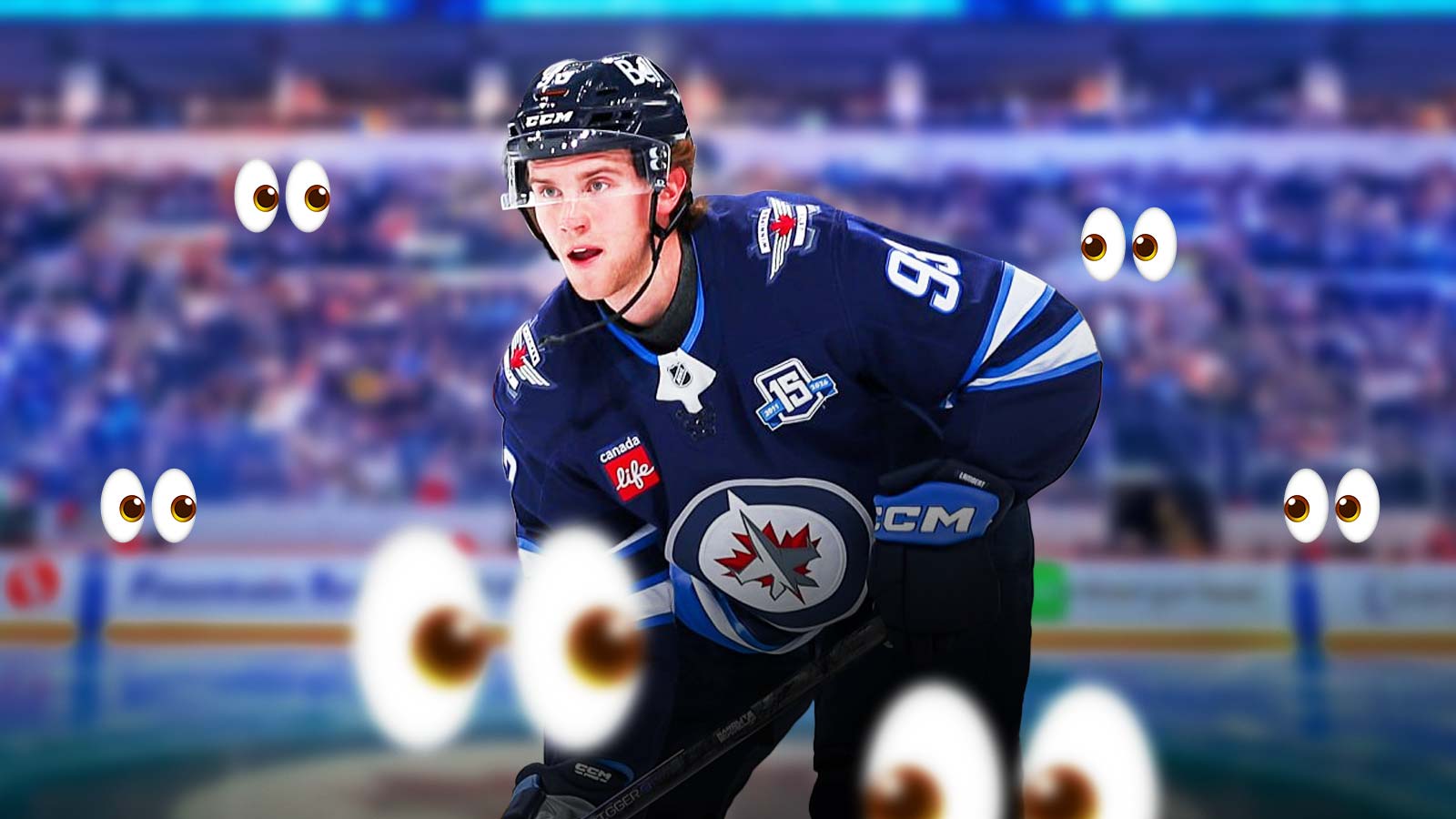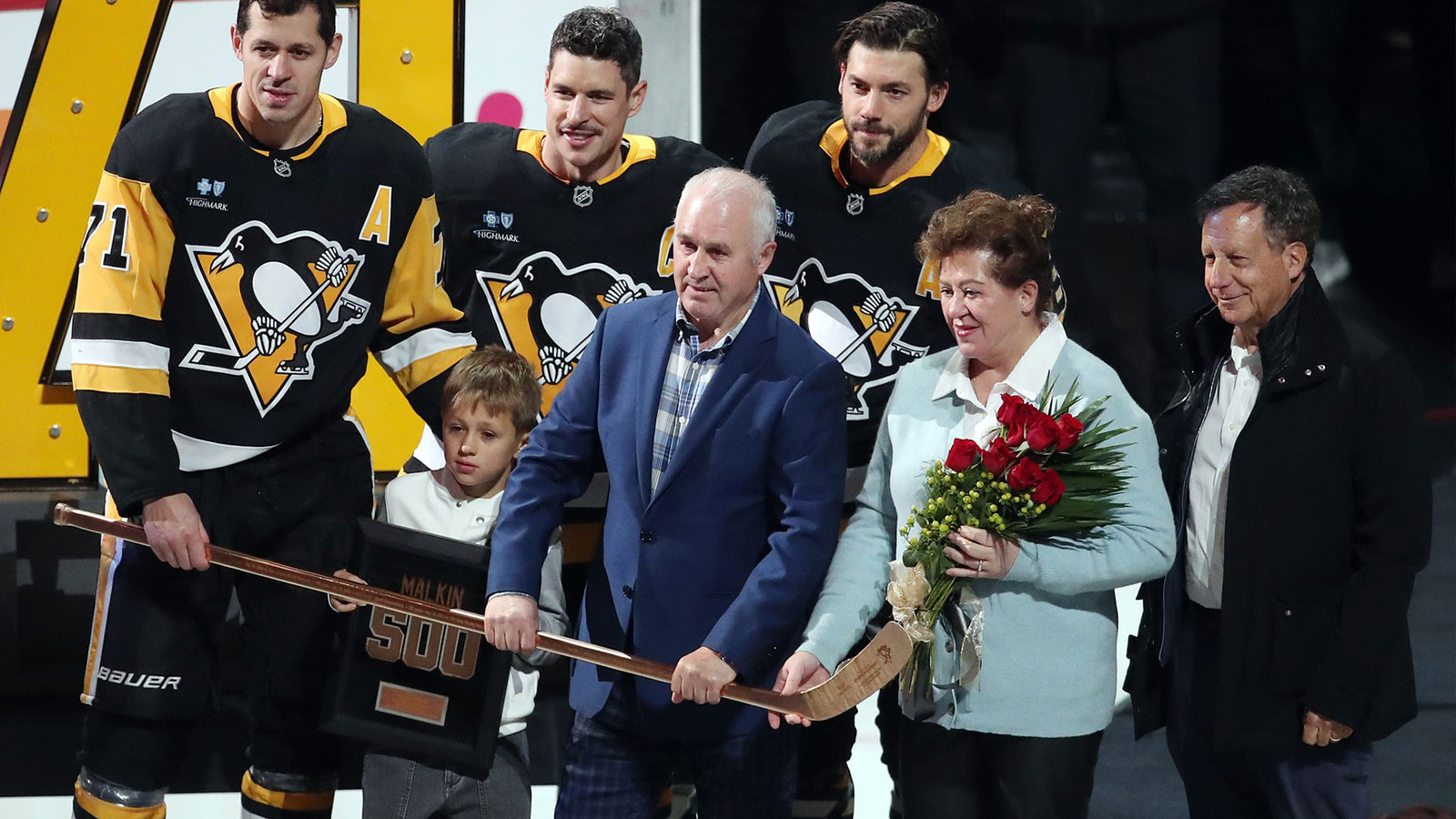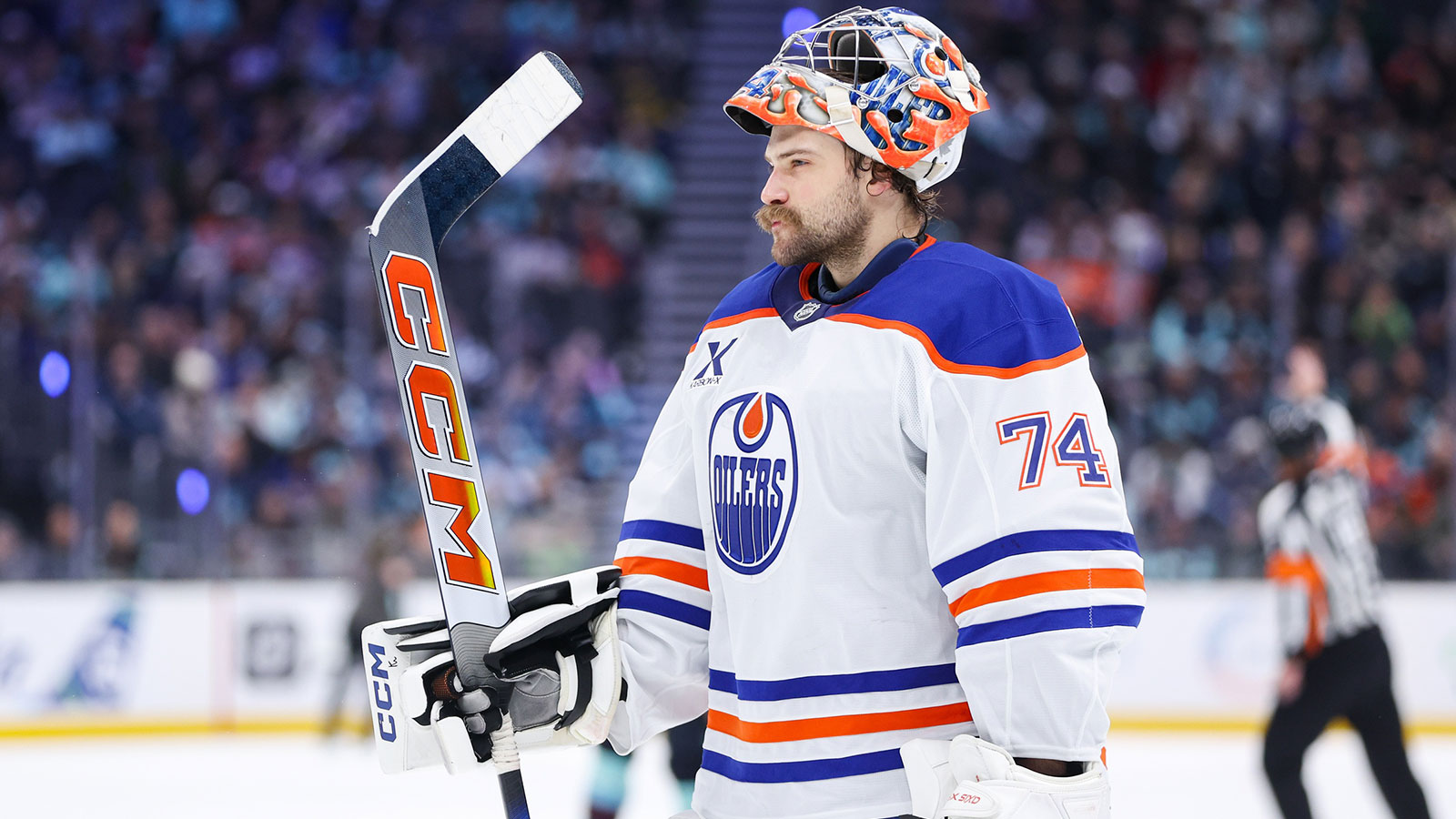The Pittsburgh Penguins are one of the most unique teams in the NHL. There is no team from the league's original expansion in 1967-68 that can match the five Stanley Cups they have won. In addition to their championship haul, they also have had some of the greatest players in the history of the sport.
Their top three trio of Mario Lemieux, Sidney Crosby and Jaromir Jagr may be as strong as any team's top three, including the Montreal Canadiens.
Interestingly, when the Penguins began competing, they were among the dullest and least productive of the six new teams. They failed to make the playoffs in five of their first seven seasons, and while they won their first playoff series in the 1970, they didn't win another best of seven series until 1989 when they swept the Rangers in four straight games.
The Penguins were basically an afterthought in the minds of most NHL observers until they selected Mario Lemieux with the No. 1 pick overall in the 1984 Draft. Since that point, the Penguins have become one of the most significant and popular teams in the NHL, and one that has regularly been championship contenders.
The great Mario Lemieux, perhaps the best ever, No. 1
From the time he first put on his Penguins sweater, top-ranked Mario Lemieux was a player that dominated with every stride he took on the ice. His first game was against Ray Bourque and the Boston Bruins. Within moments, he raced past the All-Star defenseman and backhanded the puck into the net. Lemieux became an offensive machine after that and the only thing that ever slowed him down were injuries and illness.
His first five seasons saw him score 43, 48, 54, 70 and 85 goals in succession. Years 4 and 5 saw him score 168 and 199 points, respectively, and he won the league's scoring totals both times.
He would win the league's scoring totals six times in his career, and many thought that when Lemieux was at his best, he was the equal of Wayne Gretzky.
A huge man by NHL standards at 6-4 and 230, Lemieux was a brilliant skater with tremendous stickhandling ability, a wicked shot and a tremendous passer.
He ranks with Gretzky and Bobby Orr as one of the three greatest players in NHL history.
Sensational duo in Sid the Kid and the spectacular Jaromir, Nos. 2 and 3
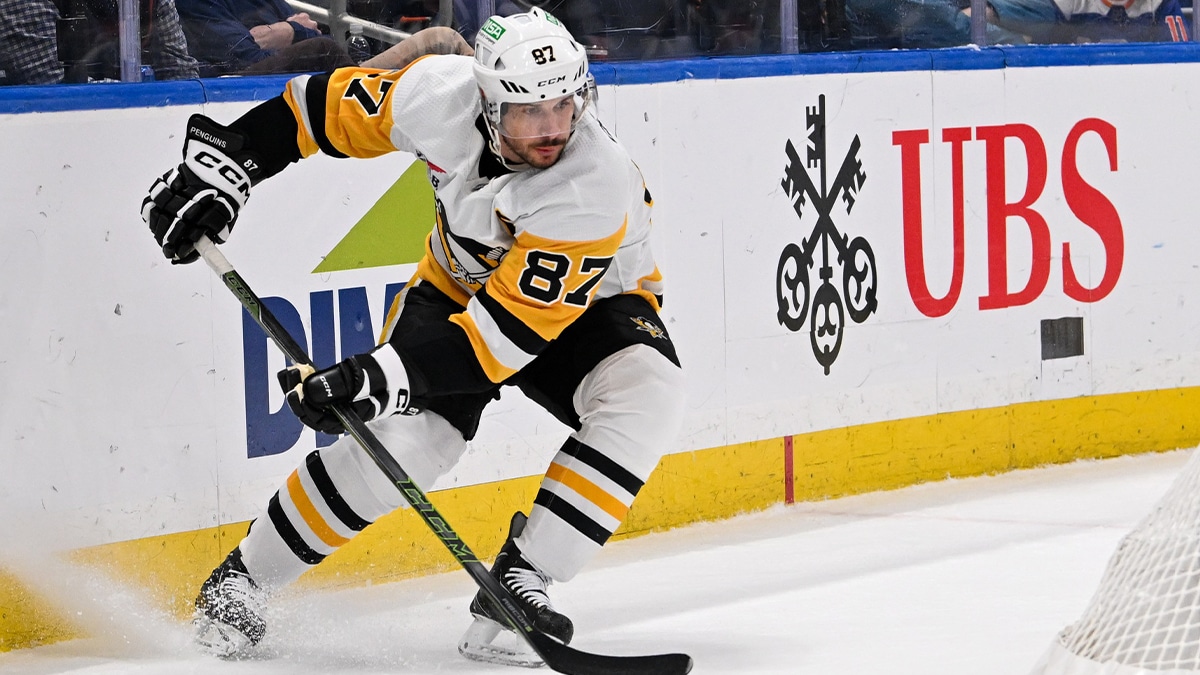
Many NHL observers started crying in their beer when the Penguins won the lottery to determine the first pick in the draft and they selected Sidney Crosby, the second-ranked player in team history. He was clearly the most elite prospect in years, and many anticipated that Crosby would become a consistent All-Star.
Instead, he did much better than that. He became the best player in the NHL for many years and has been the key performer on three Stanley Cup-winning teams. Crosby came along after a disastrous strike canceled the 2004-05 season, and it was largely Crosby and Washington's Alex Ovechkin that raised the league up on their shoulders.
Crosby scored 102 points in his rookie season and won the league's scoring total the next year with 120 points. His consistency has been his hallmark through the first 20 years of his career. He remains the Penguins best player and is destined for a spot in the Hall of Fame.
No. 3 Jaromir Jagr has demonstrated shocking longevity in his professional career. He started his career as an 18-year-old rookie in the 1990-91 season, and he continued to play in the NHL through 2017-18 with the Calgary Flames. Jagr continued to play in Europe into his 50s.
Jagr was a Penguin through the 2000-01 season, and he won four straight Art Ross trophies between 1998 and 2001. He was a key part of two Stanley Cup winners, and he combined creativity, determination, a brilliant shot and great passing to dominate from his preferred spot as a right wing.
Dominant Geno and a brilliant goalie for the ages, Nos. 4 and 5
No. 4 Evgeni Malkin has been Sidney Crosby's running mate throughout the majority of his career. Malkin has been a skilled and dominant scorer, and he played a key role in three Stanley Cup runs for the Penguins.
Malkin has the ability to float in the defensive zone and center ice, and then turn it on in the offensive zone with an array of moves and his devastating shot. He won the Hart Trophy as the Most Valuable Player, won the Art Ross Trophy (leading scorer) twice and the Conn Smythe Trophy as the MVP in the Stanley Cup playoffs. Malkin scored a league-best 113 points in 2008-09 — the same season he won the Smythe — and he scored a career-best 50 goals in 2011-2012.
Marc-Andre Fleury came into the NHL as one of the most hyped goalie prospects in league history. He was the No. 1 pick in the league by the Penguins in 2003, and he had a brilliant career.
Fleury was a part of three Stanley Cup victories, and he won the Vezina Trophy later on in his career with the Vegas Golden Knights. He had a 536-375-215 record with the Penguins and had a 2.58 goals against average along with a .912 save percentage. He also recorded 68 shutouts in the black-and-gold uniform of the Penguins.
A blue-liner supreme and a power forward to remember, Nos. 6 and 7
No. 6 Kris Letang has the mindset to take responsibility for the Penguins performance whenever the game is on the line in the third period.
Letang has won two Stanley Cups during his tenure with the Penguins, has been a two-time All-Star and won the Bill Masterton Trophy in 2022-23. He has been an outstanding offensive defenseman who often serves as the leader of the Pittsburgh power play. He has spent all of his 19 seasons in the NHL with the Penguins. His best offensive season came in 2021-22 when he scored 10 goals and delivered 58 assists.
Kevin Stevens was a key member of the Penguins during their first two Stanley Cup runs.
Stevens had back-to-back seasons of 54 and 55 goals in 1991-92 and 1992-93, and he was a veritable power play machine in the early years of his career. He had five consecutive seasons in which he scored 12, 18, 19, 26 and 21 man-advantage goals.
It was clear that working with superstar Mario Lemieux had its benefits for Stevens. However, he did plenty on his own, and he also excelled at standing up for himself and his teammates. He had 254 penalty minutes in the '91-92 season, and few opponents wanted to challenge Stevens
More than a cup of Coffey and a center to remembers, Nos. 8 and 9
Veteran defenseman Paul Coffey played the bulk of his career with the Edmonton Oilers, but he also was a brilliant performer in his five seasons with the Penguins. The eighth-ranked player in team history played 331 games for Pittsburgh and he scored 108 goals and 332 assists during his tenure with the team. Coffey was one of the best defensemen in the league throughout his career, and his ability as a puck handler has allowed him to be compared with Bobby Orr, Denis Potvin and Nicklas Lidstrom.
No. 9 Ron Francis spent the majority of his Hall of Fame career with the Hartford Whalers/Carolina Hurricanes, but the eight years he spent with the Penguins were special. He was a part of two Stanley Cup winning teams in Pittsburgh. Francis scored 119 points as a 32-year-old in 1995-96 that included 27 goals and a league-leading 92 assists. He followed that with a 90 point season and 87 in his final year with the Penguins before going back to the Hurricanes.
The Wrecking Ball checks in, No. 10
There is little doubt that Mark Recchi was a winner wherever he played in the NHL. He won Stanley Cups with three different teams and made key contributions on seven teams. He may have been at his best with the Penguins.
The Hall of Famer played seven years with the Penguins, and he scored 154 goals and 231 assists during his time in Pittsburgh. He had back-to-back seasons of 40 and 43 goals in 1990-91 and '91-92. Recchi displayed a relentless quality when he had the puck deep in the offensive zone, and his creativity and tenacity often set himself and his teammates up for big goals.

